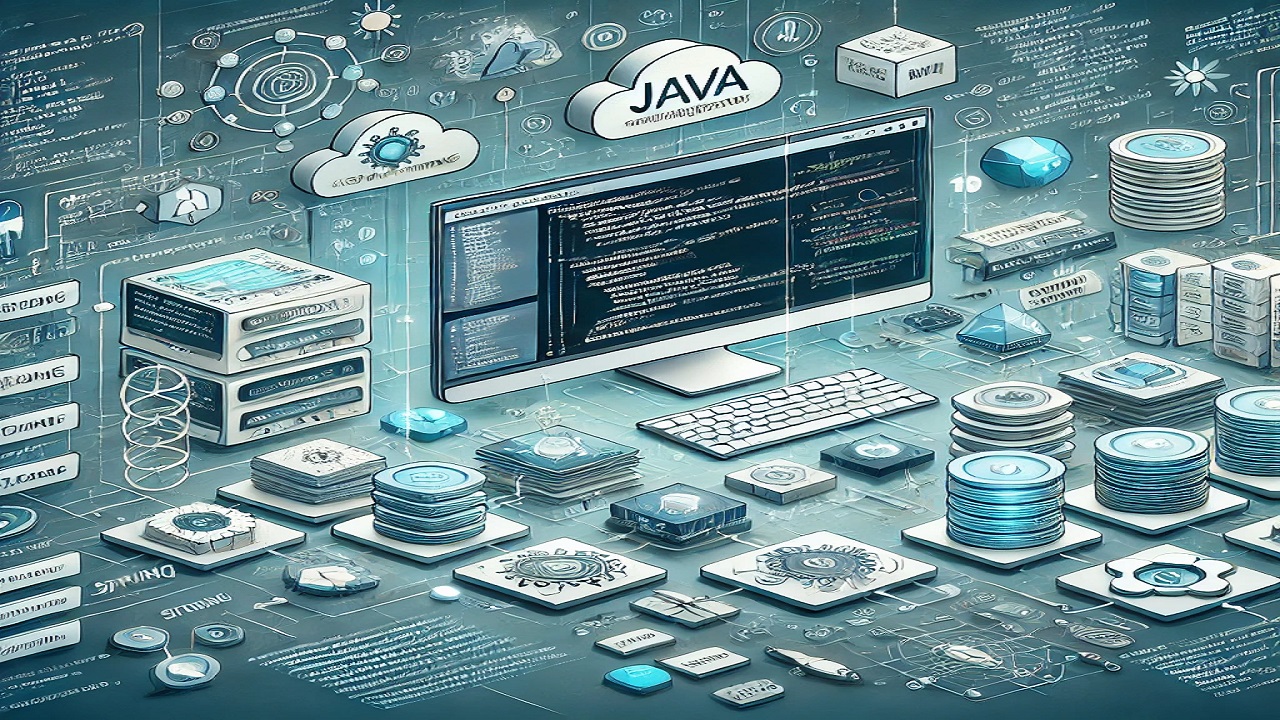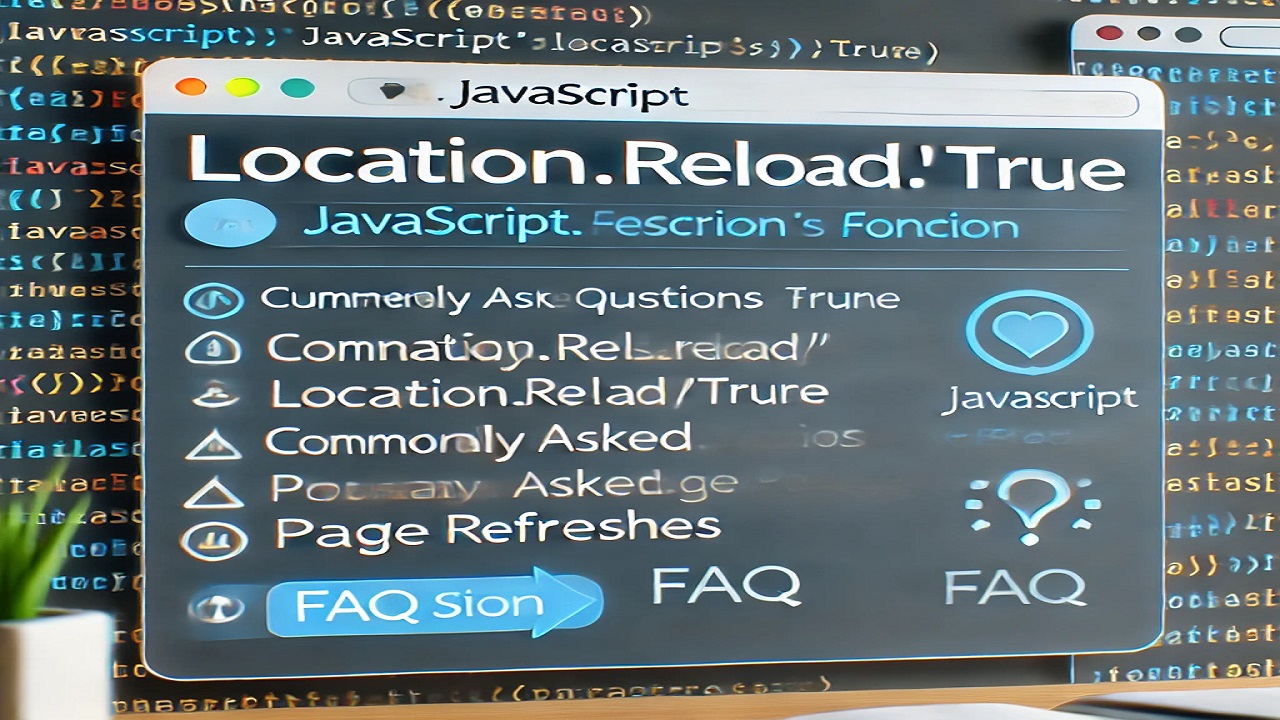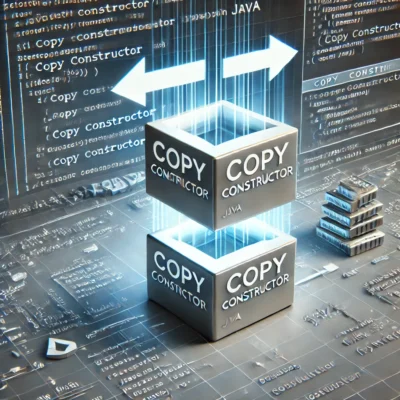Java Frameworks : Java is still the most versatile and strong programming language across the globe, mainly because of the framework ecosystem that helps developers simplify complex tasks. In the world of Java frameworks in 2024, new trends, tools, and libraries come to transform development into a faster and much easier process. No matter if you are developing web applications, microservices, or enterprise-level solutions, having knowledge of the right frameworks can boost your productivity and quality of code significantly.

Here is the list of the top 10 Java frameworks you should know in 2024.
Table of Contents
1. Spring FrameworkBest For:
Best Suited For: Enterprise Applications and Microservices, Web DevelopmentKey
Features: Dependency Injection and aspect-oriented programming, integrated well with databases, REST APIs, and MVC architectures.
Spring remains the most significant Java framework, especially for the heavy infrastructure it offers in enterprise application development. Spring Boot provides the functionality of creating straightforward and rapid, stand-alone, production-ready Spring-based applications with minimal configuration. Strong support for security, caching, and transactional management are features combined with the microservices architecture, making it necessary.
2. Hibernate
Best Used for: Any kind of database interaction and object-relational mapping (ORM)Key
Features: High-performance ORM, lazy loading, automatic table generation, HQL (Hibernate Query Language).
Hibernate is actually the de facto standard for ORM in Java applications. It simplifies database access by mapping Java classes to database tables and automatically handling SQL queries. Hibernate lessens much boilerplate code associated with database operations and supports advanced features, including caching and connection pooling.
3. Spring Boot
Best For: Quick development of microservices and RESTful APIsKey
Features: auto-configuration, embedded server, dependency management, production-ready applications.
Spring Boot is an extension of the Spring Framework that makes developing Java applications simpler. This includes allowing developers to write microservices with minimal configuration and providing embedded servers, such as Tomcat and Jetty, for easy deployment. Spring Boot remains relevant as cloud-native applications are increasingly being developed.
4. Apache Struts
Best For: Development of enterprise-level web applicationsKey
Features: It supports model development using the MVC architecture and allows for easy integration with other frameworks. Additionally, it offers a wide range of plugins to extend its functionality.
Apache Struts is a framework developed in Java and has been in existence since quite a number of years ago; however, it still makes an appearance in 2024 because of its stability and integrity for complex web applications. Struts is built using the Model-View-Controller design pattern, which simplifies managing complex application logic by separating it from the view.
5. JavaServer Faces (JSF)Best Use Case:
Best Suited For: Server-side rendering for enterprise web applicationsKey
Functionality: Reusable user interface components, server-side rendering, and bundled with Java EE.
JSF is a part of the Java EE platform; its primary focus is on the building of component-based UIs for web applications. Thus, it enables developers to work with reusable components and is tightly integrated at the backend, which makes it ideal for enterprise applications that should require complex and dynamic UIs.
6. Vaadin
Best Suited For: Easy development of modern, responsive web UI without any use of JavaScriptKey
Features: Drag-and-drop UI components, server-side rendering, TypeScript integration.
Vaadin is special in that it enables Java developers to build modern, reactive user interfaces without writing any JavaScript. It provides a set of pre-built UI components and leverages server-side logic to drive front-end interactions, making it the best fit for enterprise applications where intricate UI is a need but maintaining a codebase that is Java-only is preferred.
7. Micronaut
Best for: microservices and serverless applicationsTop
Features: Fast application launch, has a low memory footprint, native cloud support, compile-time dependency injection.
Micronaut is getting popular because it is lightweight and fast in many ways; thus, it becomes the best candidate for building microservices and serverless applications. Its compile-time injection in dependency is faster than Spring’s runtime injection. Thus, Micronaut is more suitable when high speeds are needed to scale an application in a cloud environment.
8. Grails
Bested Use: Rapid web application developmentKey
Features: Groovy-based, rapid prototyping with seamless integration for Spring and Hibernate.
Grails is a high-productivity framework based on Groovy. You could consider it to be a dynamic language specifically for the JVM. It’s on top of Spring and Hibernate for rapid development and robustness. The reasons why Grails is very useful for startups and smaller teams will be due to quick iterations.
9. Quarkus
Best Used For: Cloud-native applications, especially in Kubernetes environmentsKey
Features: immediate boot, native image support through GraalVM, and minimal memory.
Quarkus is built from scratch with the design of cloud environments in mind, especially Kubernetes. Quick startups and small memory requirements make it an excellent choice for building microservices, especially for targeting containerized environments. Quarkus is a great fit for developers interested in building reactive and event-driven systems.
10. Play Framework
Best For: Building high-concurrency web applications at scaleKey
Features: Non-blocking by default, lightweight, and inbuilt support alongside modern web standards
One of the best ways to create high-performance web applications is the Play Framework.
It is non-blocking with a non-blocking asynchronous I/O core. Lightweight, it supports high concurrency, the Scala-integrated support system, or Java. Play is fantastic for modern web applications and microservices.
Java development in 2024 is more diverse and powerful than ever: Spring Boot, Micronaut, Quarkus for optimizing cloud applications, and there is even more. An appropriate framework for Java development will be a difference that makes all the difference regarding how quick and efficient you can build robust, scalable applications. Whether you’re an experienced developer in Java or new to the language, mastering those frameworks puts you ahead of the curve and keeps your skillset relevant in this constantly changing tech landscape.
Keeping up with all these top Java frameworks will boost your productivity and more so guarantee your application to be scalable, efficient, and fit for the great 2024 challenges in the already dramatic future.
FAQ?
1: What are Java frameworks, and why are they important?
Java frameworks are pre-written code libraries that provide developers with tools, utilities, and reusable components to streamline application development. They simplify common tasks like database access, security, and web development, allowing developers to focus on building unique features.
2: Which Java framework is best for enterprise-level applications?
The Spring Framework is the most popular choice for enterprise applications. Its extensive ecosystem, including Spring Boot, provides everything needed for building large-scale, secure, and scalable applications. Spring’s versatility makes it the go-to choice for enterprise-level development.
3: What is the difference between Spring and Spring Boot?
Spring is a comprehensive framework for enterprise Java development, while Spring Boot is a subproject of Spring that focuses on simplifying the development process. Spring Boot offers auto-configuration, an embedded server, and streamlined dependency management, making it ideal for creating standalone applications and microservices with minimal setup.
4: Which Java framework is best for building microservices?
Both Spring Boot and Micronaut are popular choices for building microservices. Spring Boot is widely used due to its mature ecosystem, while Micronaut is lightweight and offers faster startup times with a lower memory footprint, making it well-suited for cloud-native microservices.
5: Is Hibernate still relevant in 2024?
Yes, Hibernate remains a critical tool for developers who need robust object-relational mapping (ORM) capabilities. It simplifies database interactions and reduces boilerplate code, making it a top choice for handling complex data in Java applications.
- The Ultimate Guide to the Top 10 Java Frameworks for 2024.

- A Comprehensive Guide to Using javascript:location.reload(true) in Web Development

- PHP explode Multiple Separators: A Comprehensive Guide.

- Copy Constructor in Java: A Complete Guide

- 50 Ultimate PHP Project Topics to Elevate Your Development Skills.

